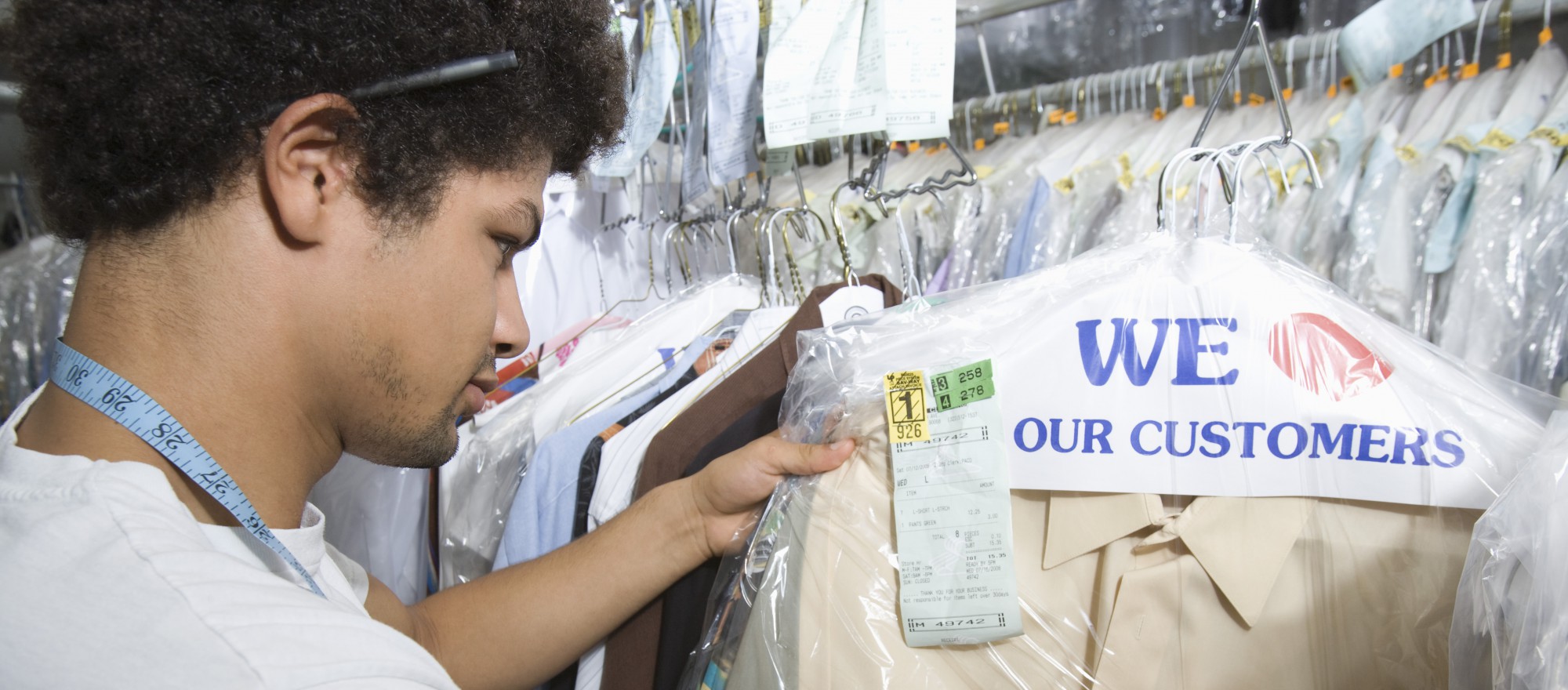When you drop off clothes at the dry cleaner, you could unknowingly be putting our Great Lakes at risk. How is that possible? The culprit is a dry cleaning chemical called siloxane D5 that is rapidly accumulating in our Great Lakes, endangering fish and other aquatic life, as a new study shows. It’s time for the federal government to regulate the toxic substance.
The sad irony is that siloxane D5 (technically known as cylcopentasiloxane) is a silicone-based compound that is marketed as a “green” dry cleaning agent. That’s why it’s being increasingly adopted by dry cleaners in Canada. The silicone-based chemical is also used as a softener in personal care products like deodorants and especially in hair products marketed as frizz-reducing.
But while siloxane D5 may be good at cleaning dirty spots, it’s leaving a long-lasting stain on our Great Lakes. As a persistent pollutant, it’s creating long-term problems as it bioaccumulates in aquatic life. Exposure to siloxane D5 has been linked to serious reproductive and immune system problems.
According to the new data by Environment and Climate Change Canada, siloxane D5 is one of the top pollutants in two different fish species in the Great Lakes. In Lake Ontario specifically, siloxane D5 was ranked fourth among the top pollutants in Lake Trout, with contamination levels comparable to mercury and other nasty chemicals such as flame retardants and legacy pollutants PCBs and DDT.
A False “Green” Dry Cleaning Solvent
Siloxane D5 has been gaining widespread use in Canada’s dry cleaning industry in past years. In fact, many dry cleaners that promote their operations as environmentally friendly or “green” use this toxic solvent. As public awareness of the health and environmental risks of conventional dry cleaning with PERC grows, there is the risk that dry cleaners may adopt siloxane D5 instead of non-toxic professional wet cleaning. Dry cleaners that use siloxane D5 are contributing to the pollution of the Great Lakes by pouring toxic waste down the drain. The harmful chemical is not federally regulated and can simply be disposed of through the drain – but water treatment plants can’t filter it out.
In 2008, Environment and Health Canada assessed the risks of D5 and found that it was entering the environment at rates that posed a risk to the environment and biodiversity. Although it concluded that it met the criterion of environmental persistence as defined by the Canadian Environmental Protection Act and was consequently to be considered toxic, the decision was overturned citing inadequate evidence at the time for its bioaccumulation in wildlife.
In light of new evidence, there is no excuse not to regulate the substance. The new data makes a strong case for the federal government to take action on siloxane D5 in order to protect the Great Lakes fish and biodiversity. The federal government should take this recent research into account and take a second look at this chemical.
Our recent report on dry cleaning titled The Dirty Truth highlighted the risks of silicone-based dry cleaning and other harmful methods. To reduce pollution from toxic dry cleaning chemicals like siloxane D5, we need government action. Provincial and municipal governments should develop financial incentives and educational programs that encourage the switch to wet cleaning, while the federal government needs to regulate toxic dry cleaning chemicals to prevent businesses from using them in the first place.
The federal government needs to fix Canada’s regulatory system for chemicals and restrict the use of toxic dry cleaning chemicals that put human health and our wildlife at risk.
Add your voice today by signing our petition for federal regulatory reform. And for more information about safe dry cleaning alternatives, check out our handy dry cleaning pocket guide.







